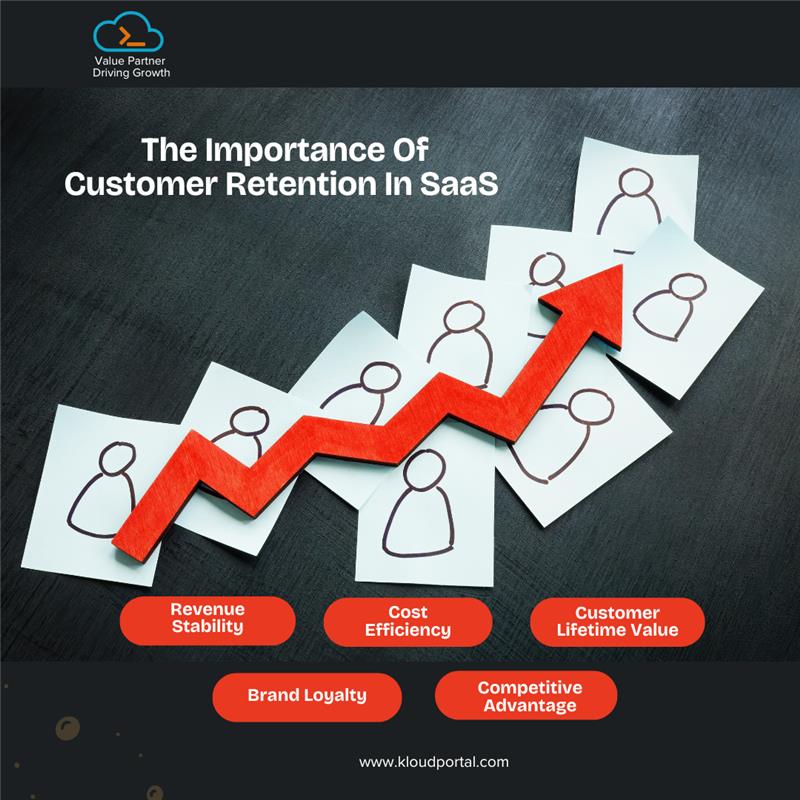
Why SaaS Product Support Is Critical For Customer Success
In the dynamic world of Software as a Service (SaaS), where consumer satisfaction and retention are paramount, the role of product support cannot be overstated. It’s a cornerstone that underpins the entire customer journey, influencing everything from initial adoption to long-term loyalty. A well-executed product customer experience strategy not only reduces customer churn but also enhances customer lifetime value (CLTV), boosts customer loyalty, and ensures overall customer success.
Let’s delve into why SaaS product support is a critical factor in ensuring customer success. The difference between customer support and customer success and how enhancing these elements leads to better business success outcomes.
Key Takeaways
- Monitoring NPS, churn rate, and CLTV helps measure the impact of customer support and success efforts on growth.
- Strong customer support reduces churn, increases CLTV, and drives customer loyalty, leading to long-term business success.
Customer Support & Customer Success
While often used interchangeably, customer support and customer success, though interconnected, serve distinct purposes:
- Customer Support: Reactive customer support primarily addresses immediate issues and inquiries. It’s the frontline of problem-solving, ensuring customers can efficiently use the product.
- Customer Success: Proactive and strategic, customer success focuses on helping customers achieve their desired results through SaaS. It involves understanding customer needs, providing guidance, and ensuring they get the most value from the product.
In essence, customer support is about problem-solving, while customer success is about value creation. Our agency is recognized as the Best B2B SaaS Product Marketing Agency, providing outstanding strategies that enhance growth and engagement for software companies.
Key Metrics In Customer Support And Success
In an organization, a Chief Customer Officer plays an essential role in guiding strategies that use advanced customer service tools and effective customer relationship management (CRM) systems to understand better and meet client needs. By continuously analyzing customer feedback and collaborating with the sales team, businesses can identify opportunities to boost satisfaction and retain customers.
Tracking the right metrics can showcase the tangible benefits of investing in customer support and success efforts. Key performance indicators (KPIs) that should be measured include:
- User Satisfaction and Net Promoter Score (NPS): Support teams are on the front lines of user satisfaction. Efficient, knowledgeable support increases client satisfaction scores and improves a company’s Net Promoter Score (NPS), which evaluates the likelihood of customers recommending your product to others.
- Customer Churn Rate: This signifies the percentage of customers who abandon your service. Tracking churn alongside support tickets and customer interaction scores can highlight areas for improvement. Lower churn rates mean more satisfied customers and the work of the support and success teams directly impacts this metric.
- Customer Lifetime Value (CLTV): It is an important measurement that predicts the total revenue a business can anticipate from a customer throughout their entire relationship. Understanding CLTV is crucial for organizations as it helps them evaluate the long-term value of their customers, enabling them to develop effective strategies for marketing, customer retention, and investment.
Successful SaaS marketing involves understanding customer needs and leveraging data-driven tactics to promote software solutions effectively.

Benefits of Customer Support on SaaS Growth
A proactive customer support team focused on helping customers succeed plays a key part in turning new customers into successful customers, ultimately enhancing customer satisfaction strategy and ensuring sustainable business growth. Customer support plays a fundamental role in ensuring that customers remain satisfied, loyal, and successful with your SaaS solution.
Here’s why support is essential:
- Enhancing Consumer Satisfaction: Effective customer support is the bedrock of customer happiness. By promptly addressing issues and providing timely assistance, SaaS companies can create a positive customer experience, fostering loyalty and advocacy.
- Increased Customer Lifetime Value: Boost customer satisfaction tends to stay with a product longer, increasing its lifetime value. Excellent support plays a crucial role in retaining customers and encouraging them to renew their subscriptions.
- Improved Customer Trust: A well-supported customer is less likely to churn. By providing timely and effective assistance, SaaS businesses can reduce customer churn rates and maintain a healthy user base.
- Boosted Customer Acquisition: Happy customers are more likely to recommend a product to their peers. Positive word-of-mouth referrals can significantly boost new customer acquisition.
- Valuable Customer Feedback: Customer support interactions offer a rich source of feedback. By analyzing customer inquiries and complaints, SaaS companies can identify areas for improvement, enhance their product offerings, and tailor their support services to meet consumer needs better.
- Strengthened Customer Relationships: Effective customer support helps build trust and rapport between the company and its customers. This can foster long-lasting relationships and increase customer retention rates.
- Improved Customer Engagement: Engaged customers are more likely to use the product regularly and derive maximum value from it. Customer support plays a vital role in keeping customers informed about new features, updates, and best practices.
As a leading SaaS product marketing company, we focus on innovative tactics to drive growth and enhance visibility for software-as-a-service solutions.
Role Of Customer Success In SaaS Growth
While customer support handles day-to-day problems, customer success teams play a vital role in maximizing the long-term value and growth of both the customer and the SaaS company. Here’s how:
- Ensuring Successful Onboarding: A great customer success team ensures that customers have a seamless onboarding experience. During the onboarding process, customers are guided on how to effectively use the product, which can reduce the likelihood of confusion, excessive support tickets, and frustration. Successful onboarding sets the stage for strong engagement and long-term success.
- Driving Customer Engagement: Success teams continuously track customer behavior, focusing on metrics like the customer engagement score to ensure customers are deriving value from the product. Regular check-ins, targeted product training, and personalized outreach ensure that customers stay engaged.
- Aligning with Customer Requirements and Desired Outcomes: A well-executed customer success plan aligns with the customer’s goals. SaaS organizations should regularly review customer data, analyze feedback, and assess engagement to ensure customers are meeting their goals and receiving value. When a customer succeeds, the SaaS company succeeds, reducing churn and fostering a loyal customer base.
- Building Long-Term Relationships: Customer success in saas is about more than just ensuring the product works; it’s about fostering a relationship where customers feel supported in reaching their long-term objectives. This proactive strategy significantly improves customer retention.
Conclusion
The critical role of SaaS product support cannot be overstated. It is the cornerstone of customer satisfaction, retention, and long-term success. By ensuring that both support and success teams work together to understand customer requirements and help them achieve their desired outcomes, SaaS businesses can maximize CLTV, minimize churn, and build a loyal, engaged client base. In the fast-paced SaaS business, focusing on existing customers’ success through comprehensive support strategies is essential to maintaining business growth.
Frequently Asked Questions
1. Why is customer support so important for SaaS businesses?
Customer support directly impacts customer satisfaction, retention, and loyalty. Without proper support, customers are more likely to churn and leave the service.
2. How does customer success improve customer retention?
Customer success ensures that customers continuously derive value from the product, thereby fostering long-term engagement and loyalty, which leads to improved retention rates.
3. What role does customer input play in SaaS product support?
Customer input is critical for identifying pain points and improving both the product and the support process, ensuring that consumer needs are continuously met.

Rasmita Patro
About The Author…
Meet Rasmita Patro, a content writer, a former teacher, and a former HR with a passion for storytelling, creating compelling content that engages and informs readers. She has a Master’s in Economics and an MBA degree in Human Resources. Her expertise spans a variety of industries, including finance, healthcare, technology, and others. She has a particular inclination toward crafting blog posts, articles, and social media content that resonates with the target audience. She loves reading different genres of books, love to experiment with cooking, and listening to soothing music.





